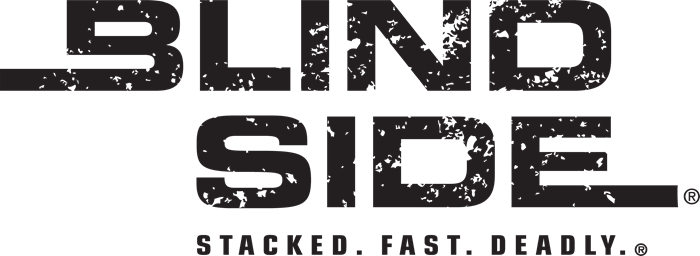

Both were finished with a clear polyurethane finish and the grain on both these pieces of walnut is nothing short of beautiful. 308s, the rifle with impressed checkering and the carbine with it's smooth stock. 243 cartridges in a gas operated autoloading rifle of this weight. There is practically no apparent recoil shooting. It's not a heavy rifle, lighter than a similar BAR or Remington 7400 by at least a 1/4 pound. The weight is also pretty close to that of a bolt action rifle of the same size. The carbine is just about perfect in length and the rifle is exactly the same length as a Model 70 with 22' barrel. The 19" barrel makes it a very handy 39" (approximately) in overall length, perfect for all but the longest shots in typical whitetail habitat. This carbine has always functioned near perfectly. I have taken it to no less than 3 different gunsmiths and even though it may seem better for a while, it has never been "cured".Ībout ten or twelve years after I purchased my first model 100 I bought another as a "return from Desert Storm" present, this one a carbine model in. I took, at one point, to calling it my single shot semi-auto. It is prone to jamming at any time, and any place. It has been very finicky in operation from the day I purchased it (used). Any carbine is automatically an interesting collector's item, but again most were produced in. 284 Model 100 in good condition is a coveted collector's piece. 284 caliber is the rarest version of the model 100. 284 Winchester, and style-a carbine with a 19" barrel and no checkering on the stock-were added. 308 Win.) and one model, a rifle with a 22" barrel. The Model 100 was originally offered in two calibers (.243 and. The Model 100's stock, however, is a bit beefier than the Model 88 stock. Such is my appreciation for the "classic." Anyway, one of the big reasons I like both of these rifles is because of their stock designs. I actually prefer the look of the cheaper basket weave pattern. Other than the checkering change on both guns, there were no other wholesale changes to either the Model 88 or the Model 100 in 1964, so the easiest way to recognize pre and post '64s is by the checkering alone. The cut checkering was used prior to 1964 and, as a cost cutting method, the basket weave pattern after 1964. The same two checkering patterns, one a hand checkered point pattern and the other a fancier basket weave impressed design, were used on both rifles. It too, wears a one-piece stock of very similar design, except that the semi-auto has a fuller forend to contain the working mechanism. Winchester brought out the Model 100 in 1961 as a kind of companion to their Model 88 lever action, which debuted in 1955). That is actually the reason that I originally became interested in this rifle it's classy looks compared to most other autoloaders. It makes the sometimes misunderstood semi-auto look a bit more civilized. It is unlike any other high powered semi-auto in that it wears a nice one-piece stock, just like a typical bolt rifle. It was last produced in 1973, so many of the newer hunters among us has never seen nor heard of this classy semi-auto.

This is a classic Winchester rifle I have enjoyed for years.


 0 kommentar(er)
0 kommentar(er)
